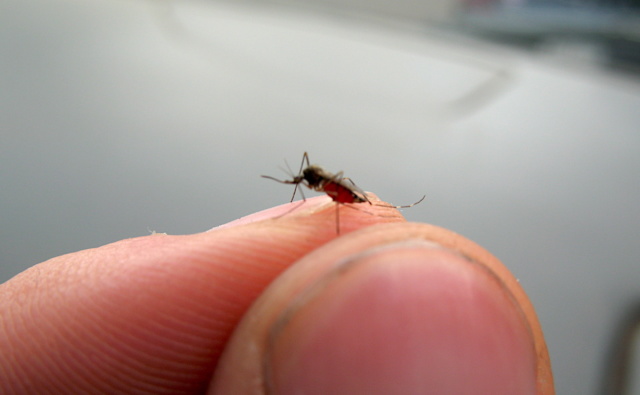The World Health Organization no longer feels the threat of Zika virus infection represents an international public-health emergency.
At an emergency committee meeting Nov. 18, the WHO instead declared the need for a “sustained program” to research and address the long-term implications of the virus, including strategies for mosquito control and ongoing vaccine development.
The committee offered little explanation for downgrading Zika virus in its press release, except that “a robust longer-term technical mechanism was now required to manage the global response” and that it no longer qualifies as a global emergency based on international health regulations.
Fuzzy logic aside, Zika virus still represents an ongoing public health battle and a scourge that may return to prominence when peak mosquito season again arrives next summer.
Zika in the U.S.
There have been 29 cases of Zika virus infection in Oklahoma as of Nov. 23, according to the Oklahoma State Department of Health. All 29 infections were the result of international travel to countries experiencing outbreaks.
In fact, of the 4,444 cases reported in the U.S., only 182 have been attributed to local outbreaks, with all of those cases occurring in Florida.
The vast majority of domestic infections come from the territory of Puerto Rico, where more than 32,000 cases have been reported.
GMO-squitos
Regarding ways to combat the virus’ spread, mosquito nets and targeted insecticide spraying may soon take a back seat to another scientific approach.
On Nov. 8, voters in the Florida Keys passed a measure to allow the introduction of genetically modified mosquitos in certain test areas to combat the spread of Zika virus and other mosquito-born illnesses.
The genetically modified mosquitos take advantage of population genetics. When a modified male mosquito mates with a female, it passes on a self-limiting trait that kills affected offspring before reaching adulthood. With fewer mosquitos in the subsequent mating population, the overall population should gradually decline.
Because the genetically modified offspring do not reach adulthood, the base population remains genetically normal. This means large-scale biodiversity is protected as Aedes aegypti (the primary mosquito species responsible for Zika transmission) would eventually rebound. It also means the serial release of genetically modified mosquitos would be needed to control the disease vector by this method.
Zika background
Zika virus, named after the Zika forest in Uganda where it was first discovered in 1947, entered the spotlight last summer after cases of its characteristic birth defect, microcephaly, became alarmingly more frequent in Brazil.
Originally thought to be exclusively transmitted by mosquitos, Zika is now also known to be sexually transmitted. It is the only mosquito-based viral illness that can also be sexually transmitted.
More than 80 percent of Zika virus infections go unnoticed, owing to the often mild or even asymptomatic nature of infections. When symptoms do occur, they generally cause a self-limited mild flu-like syndrome accompanied by a skin rash, although progressive neurological symptoms in adults have been reported.
From a public health standpoint, Zika virus is most dangerous with respect to infections in pregnant mothers whose infants can be born with severe microcephaly (small skull circumference). Zika-associated microcephaly is accompanied by atrophy of the infant’s brain and often severe permanent developmental or neurological disability.
Prenatal testing
Although current CDC recommendations do not support routine prenatal Zika virus testing in all women, they do support risk assessment, including travel to affected areas or sexual contact with potentially infected partners.
If concerning symptoms are present or there is a history of exposure, women who are planning to or may become pregnant should be tested for Zika infection. Consult your doctor or healthcare provider for more information about getting tested for Zika.






















